Which Fruit Has No Sugar?
Advertisement
Compared to refined sugars added to food, the body processes natural sugars present in fruits differently. Fruit can therefore be safely included in a low-sugar diet as long as it is eaten in moderation.
Providing fiber and antioxidants, berries, blackberries, and kiwis are naturally low in sugar. They can be consumed on their own, as an ingredient in a smoothie or dessert, or as a fruit salad.
Apple
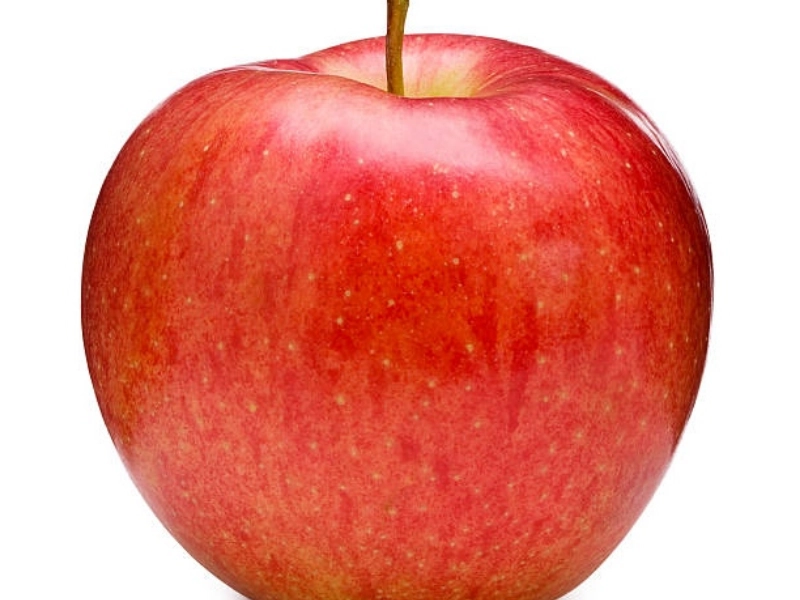
The humble apple is a versatile, crisp fruit with a long history of health advantages. In addition to helping with blood sugar regulation and weight loss, studies have connected eating apples to a lower risk of heart disease, cancer, and vision issues. They have natural sugars in them, but they also have a lot of soluble fiber, which lowers blood sugar levels by delaying the absorption of sugar.
Although a large apple has roughly 17 grams of sugar, it also has a fair amount of fiber. Pears, peaches, plums, nectarines, and apricots are other fruits with modest sugar content (two of these equal one serving).
While berries are low in sugar, they are rich in calcium, potassium, and vitamin C, among other essential elements. They also supply antioxidants, which can reduce cholesterol and guard against oxidative damage. You may eat them on their own or slice them up and use them in flatbreads and salads.
Watermelon
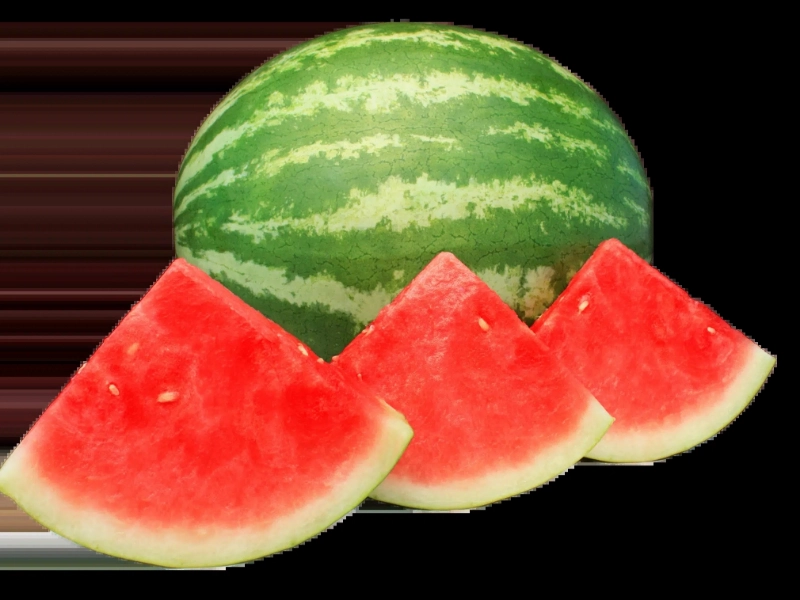
The classic summertime snack, watermelon, can be a nutritious substitute for sugary foods like low-fat cookies that are higher in calories. This is indeed supported by a 2019 study that indicated participants who chose to eat watermelon over cookie snacks felt more satisfied and less hungry.
Research has shown that lycopene, the pigment that gives watermelons their scarlet color, is a significant source of antioxidant, anti-cancerous, and cardiovascular protectant qualities. They also include vitamin A, which maintains healthy eyes and supports a robust metabolism, and vitamin C, which boosts immunity and may have anti-cancer effects.
Another nutritious powerhouse is watermelon, which has 8 grams of plant protein per ounce in its seeds and rinds, according to Blatner. They have a lot of magnesium, which promotes healthy bodily functions and prevents illness. They also produce nitric oxide, which enhances blood flow and lessens the buildup of lactate in muscles after exercise, which can cause discomfort. This is because they contain l-citrulline.
Blackberry

Right now is the best time to enjoy blackberries in salads, smoothies, and fruit bowls. They have many health benefits and are ten times tastier.
They are rich in minerals, low in calories, and contain ellagic acid, manganese, vitamin C, vitamin K, quercetin, and anthocyanins (USDA-ARS 2019). By lowering the accumulation of free radicals, these phytochemicals can offer protection against diabetes, cancer, heart disease, and other illnesses.
Berries are high in antioxidants and a rich source of dietary fiber. About one cup of blackberries will meet 31% of your daily requirement for dietary fiber. 2022 (USDA-ARS)
In addition, blackberries are a fantastic source of vitamin K, which supports healthy blood coagulation and bones. With 28.5 micrograms per cup, they provide a full 31% of your daily required dose. This vitamin shortage can lead to severe menstrual flow, bone fractures, and easy bruising. Blackberries, like other fruits in the Rosaceae family, can trigger cross-reactivity in individuals with salicylate or aspirin allergies.
Orange
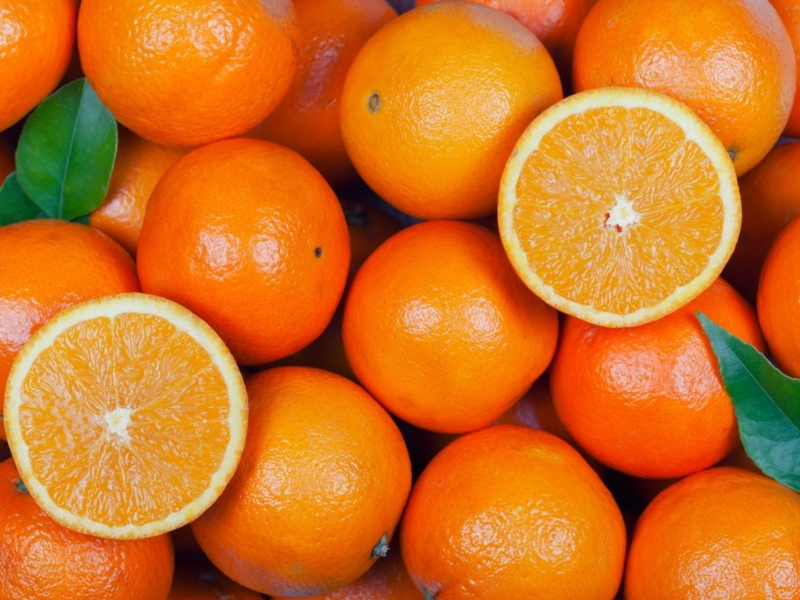
Natural sugar, like that found in oranges, is less harmful to your health than processed sugar, which is present in candy and other junk food. It has a lot of minerals and vitamins as well.
Owing to oranges' high vitamin C content, your body is better able to fend off diseases and maintain a robust immune system. Additionally, it helps to mend damaged tissue and cure wounds. By lowering high cholesterol, it can also help reduce the risk of some malignancies and cardiovascular disease.
Attempt to consume whole oranges instead of the juice, which could have more sugar and calories. About 19 grams of sugar are included in a half cup of orange juice. If you're an orange juice lover, seek out ones that don't include any added sugar. Although oranges are the most widely available fruit, grocery shops also carry mandarins, tangerines, and blood oranges. The navel orange is a well-liked cultivar that is simple to peel and has a distinctive dimple on one end.
Advertisement
Recommended Reading:
And how can I make my hamster content? →
Stay Updated
Actionable growth insights, once a week. No fluff, no spam—unsubscribe anytime.
Advertisement
You May Like
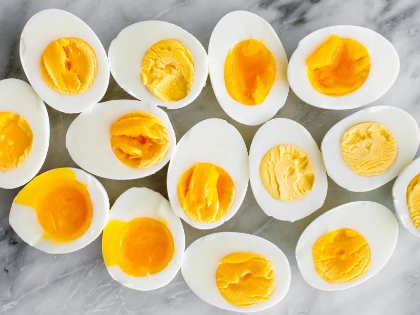
Is 2 Eggs a Day Too Much Cholesterol?
06/14/2025

And how can I make my hamster content?
06/18/2025
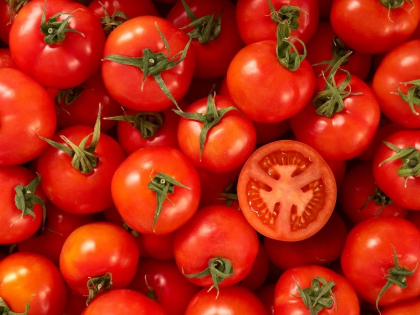
Are Tomatoes Good For Your Liver?
08/27/2025

Can a peach help you lose weight?
07/27/2025

What to Do If Hamster Bites You
07/05/2025
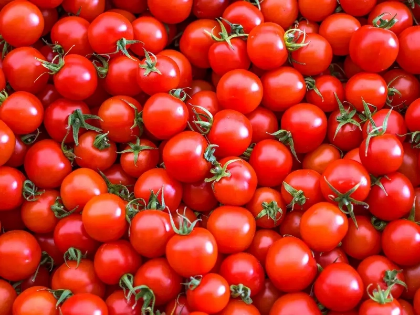
Does eating tomatoes help your colon?
08/17/2025

Is Tomato OK For Diabetes?
07/15/2025
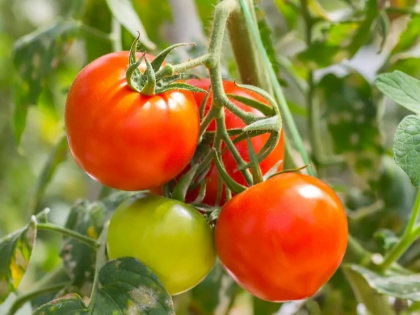
Do you get energy from tomatoes?
06/09/2025

How to Know If Your Hamster Likes You
09/01/2025
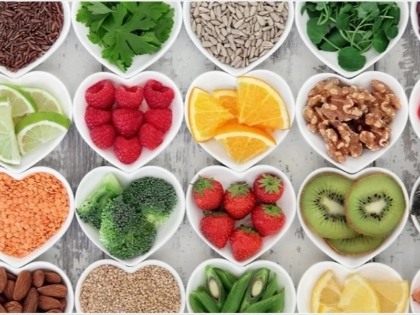
Which Fruit is Lowest in Sugar?
07/09/2025
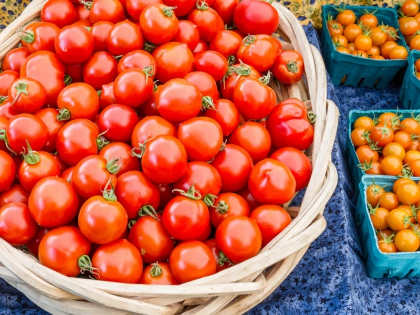
Which Part of a Tomato is Best For You?
08/03/2025
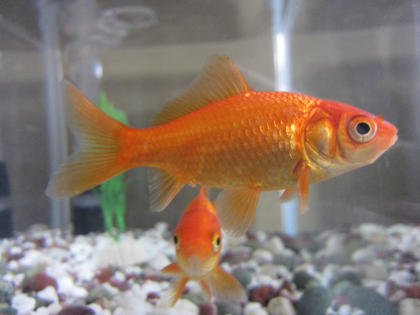
Can Goldfish Live in Tap Water?
08/15/2025

Do Bananas and Peaches Have More Sugar Than Bananas?
06/24/2025
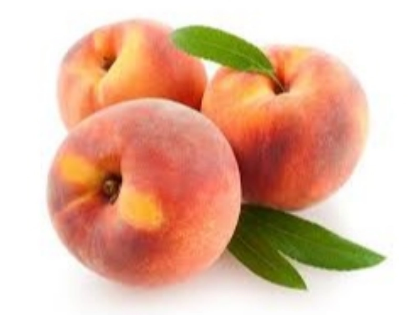
Are Peaches Good Or Bad For the Liver?
06/22/2025
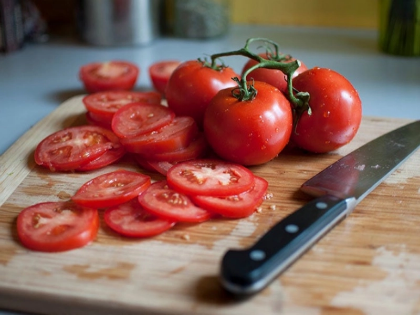
Can tomatoes boost your metabolism?
08/19/2025
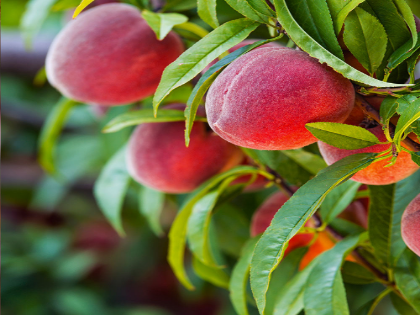
When Should I Eat Peaches?
07/04/2025
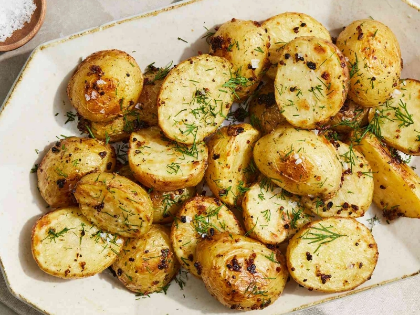
Are Potatoes Bad For Cholesterol?
07/16/2025
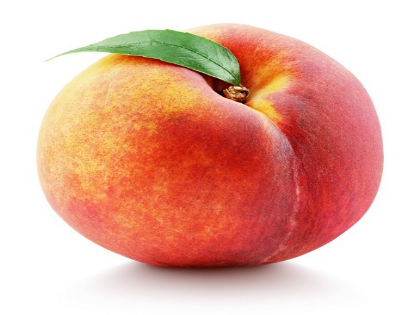
Are Peaches Good For Wrinkles?
09/04/2025
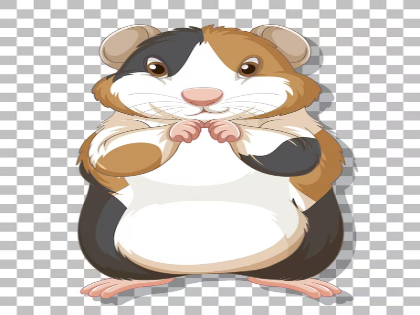
Is keeping a hamster in your bedroom safe?
09/04/2025

What Can't Hamsters Eat?
07/25/2025
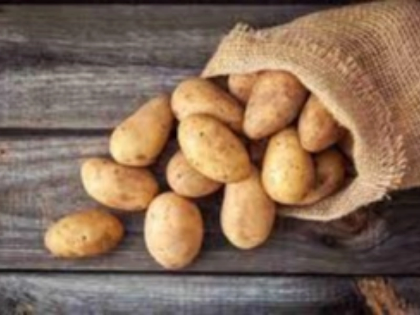
Do potatoes help with joint pain?
07/26/2025
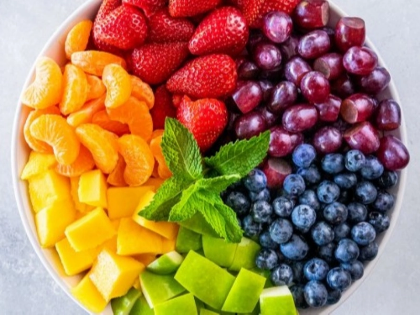
Which Fruit Has No Sugar?
08/17/2025
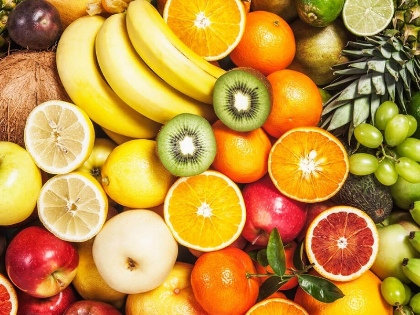
Which Fruit is Highest in Sugar?
07/06/2025
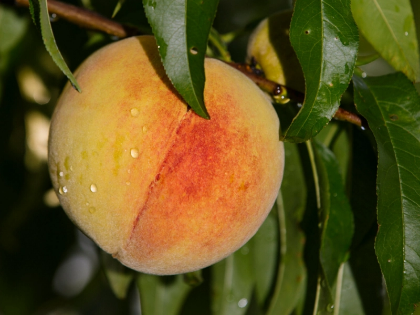
Are Peaches a Superfood?
06/15/2025
Comments
ArcticVector · 08/18/2025
Ready for peer critique?
IndigoCartographer · 08/08/2025
Avoids overfitting historical quirks.